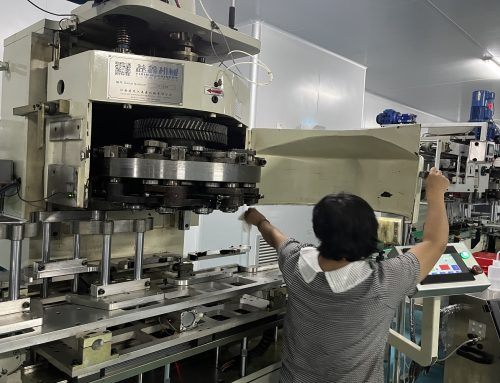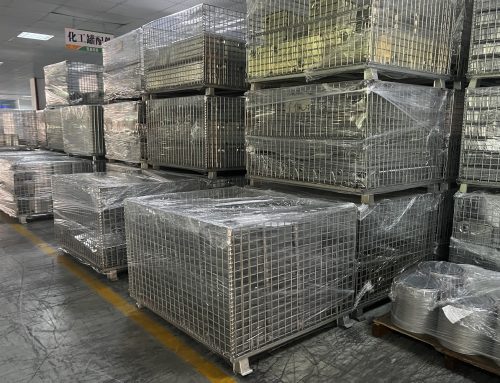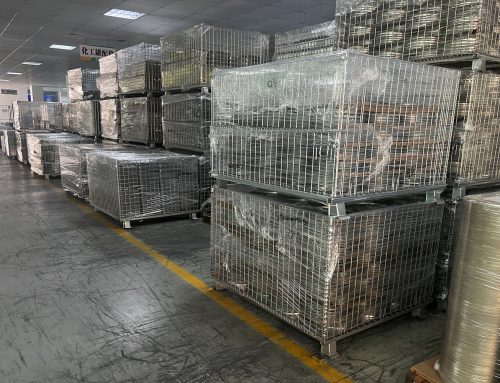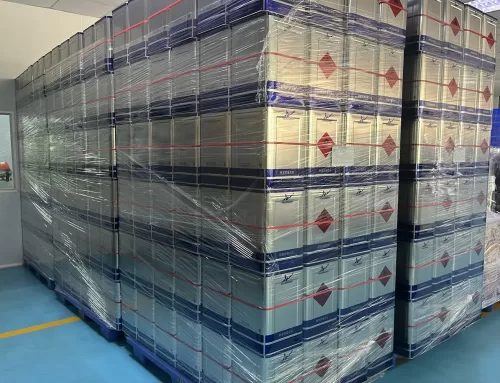- Container Protection:
The metal material for the body of a three-piece tinplate can is tinplate, while the metal materials for the top and bottom lids can be tinplate, enamel-coated tinplate, or aluminum. While aluminum does not rust, tinplate and enamel-coated tinplate can rust when exposed to a humid environment. This is especially true when the enamel coating and tin coating are damaged during processing, storage, and transportation. Moreover, different foods contain different corrosive factors, and their ability to corrode aluminum, tinplate, and enamel-coated tinplate is much greater than that of water. The use of coatings can isolate the metal materials from the outside world, preventing scratches on the metal substrate and inhibiting the corrosive effects of the corrosive factors in the food.
- Decoration and Brand Promotion:
Decoration and brand promotion mainly apply to the external coatings of cans. With the improvement of people’s living standards and the abundance of material possessions, there are many varieties of canned foods, and there are also many similar products. While people pay attention to the contents of the can, they also increasingly focus on the external appearance and quality. Paper labels or externally coated rust-preventive coatings are gradually being replaced by exquisite external designs and prints that highlight personalized demands and brand charm.
- Food Preservation:
If there is no coating to prevent the corrosive factors in food from corroding the substrate, the metal in the substrate will gradually transform into tin ions, iron ions, aluminum ions, etc., which can affect the flavor of the food and ultimately lead to non-compliance with relevant food hygiene standards.
- Aid in Coating Iron Processing and Forming:
With the development of modern processing technology, the speed of can and lid production is increasing. Coatings play a crucial role in this process by providing protection to the substrate through properties such as slipperiness, hardness, and ductility. They ensure the smooth and rapid flow of the entire production line.
- Good Economic Benefits:
Before the development of coatings, food packaging used tin-plated tinplate without coatings to prevent rust and protect food. However, tin is a non-renewable resource and very expensive. The development of low-tin-plated tinplate partially solved the packaging problem for some food products. With the advancement of coating technology and tinplate technology, it became possible to use low-tin-plated tinplate for food packaging, thus reducing packaging costs.
- Requirements for Coatings:
- Good storage stability.
- Minimal harm to human health from solvents used in the coatings.
- Interior coatings for cans should comply with relevant national hygiene standards.
- Easy application and simple operation, forming a good film after baking and curing.
- After film formation, the coating should exhibit the desired adhesion, hardness, impact resistance, chemical resistance, compactness, and weldability along with the substrate to meet the process requirements of can and lid manufacturing.
- After sterilization and cooling of the canned product, the coating should have a good appearance without any peeling.
- The interior coating should not affect the flavor and color of the food.
- The interior coating, together with the substrate, should effectively prevent corrosion of the contents.





